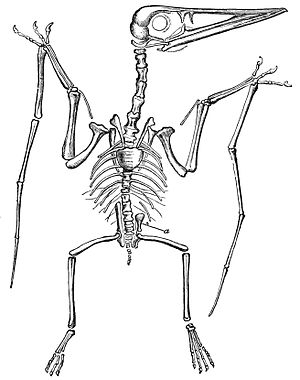Sherrie Sharp was 20 weeks pregnant when on a routine prenatal examination they detected that her baby had spina bifida, a malformation that exposed the spinal cord and could cause paralysis and lack of control of the sphincters.
And as the risk was greater the more time passed, the surgeons at King's College Hospital (London) decided to perform a pioneering operation in the United Kingdom: operating the baby with spina bifida inside the mother's womb with a laparoscopic surgery known as a 'keyhole', at 27 weeks gestation.
"The best possible quality of life"
When doctors found in the 20th week of pregnancy that Jaxson's spine (affectionately called Jacki) and his spinal cord were not forming properly, they explained to his mother Sherrie, 29, a native of West Sussex (United Kingdom) , that her baby had holes in her spine, which meant that a sac came out from the baby's back (which could contain the meninges and the medulla), and that she was exposed to the amniotic fluid inside the uterus.
This would damage the nerves of the spinal cord and could cause paralysis of the baby, loss of sensation in the legs and sphincter control problems. In addition, the longer the spinal cord would remain exposed, the more damage there would be.
AdvertisingSherrie was clear that abortion was not an option, so doctors proposed surgery that had never been done before: it is called 'keyhole surgery' and it involves operating the baby inside the womb through small incisions with a guided camera, instead of having to open the gut of the woman.
The intervention involved a risk of the baby being born prematurely but, as the mother explained to the BBC: "I wanted to do my best for my baby, I wanted him to have a better life and there is nothing wrong with that." So it was done at 27 weeks.
A breakthrough in medicine
The doctors sedated Sherrie, and the anesthetic also crossed the placenta to prevent Jaxson, who was still a tiny fetus at the time, from moving.
The surgeons made three small incisions in Sherrie's gut. With a very thin camera and a small surgical instrument, and during a three-hour operation, they put the exposed spinal cord back in place and used a patch to cover the spinal cord from Jaxson.
Until recently, parents had to wait until the child was born to perform corrective surgery.
There is evidence that operating during the second trimester of pregnancy reduces nerve damage and the long-term consequences of spina bifida.For that reason, experts seek to operate the fetus in the womb, despite the risks involved and, although it is not a cure, it is an improvement in their quality of life.
It is not the first case we know, although that does not mean that it does not stop surprising us. But so far it was an invasive surgery, which involved opening the mother's abdomen and uterus to perform the operation.
Dr. Bassel Zebian, a neurosurgeon consultant at King's College Hospital, has explained that the keyhole option is also better for the mother, as it reduces the risk of the uterus from rupturing in subsequent pregnancies.
 In Babies and more "It is vital to have information when discovered in pregnancy and you feel disconcerted," we talked to the mother of a girl with spina bifida
In Babies and more "It is vital to have information when discovered in pregnancy and you feel disconcerted," we talked to the mother of a girl with spina bifidaA very proud mom
 Photo: Facebook Sherrie Sharp
Photo: Facebook Sherrie Sharp Jackie was born in April, at 33 weeks gestation, weighing two kilos and 267 grams, and remains in the Neonatal Intensive Care of King's Hospital, where his mother can hug and pamper him.
This is the presentation that his mother made of his little one on Facebook, accompanied by this tender message:
"We present the most beautiful five-pound thing I've ever seen, our incredibly brave boy, our son Jaxson Nicholas Leonard James Sharp. You've fought like a brave since week 27 of your life and although you still have many obstacles to overcome, it doesn't matter. Mom and dad are very proud of you for keeping you strong enough to fight the operation inside the womb and now, with two days of life, you breathe for yourself. Absolutely full of pride. "
A congenital malformation
It is true that it cannot be cured, and that Jacki and his parents have a long way to go, but as explained by the neurosurgeon at King's College Hospital, Dr. Bassel Zebian, operating in the womb reduces the risk of subsequent complications, although You cannot delete them completely:
"It is very important, because improving the function of the lower limbs can be the difference between whether or not the child comes to walk."
 In Babies and more Spina bifida: what it is and how to prevent it
In Babies and more Spina bifida: what it is and how to prevent itAccording to the Federation of Spanish Associations of Spina Bifida and Hydrocephalus (FEBHI), "The possibility of having a child with any of these defects is 1.8 to 2 per 1,000 births among the general population, a percentage that rises to 5% after having already had a child with this malformation, and 10%, if you have already had two children with any of these disabilities. "
Febhi adds that the exact causes that cause it are unknown, although it is believed that this malformation is due to the combination of a genetic predisposition and different environmental factors, such as the lack of folic acid before conception as well as the alteration of its metabolism by action of drugs or other elements. The best prevention: take folic acid before and during pregnancy.
Photos | Facebook Sherrie Sharp












